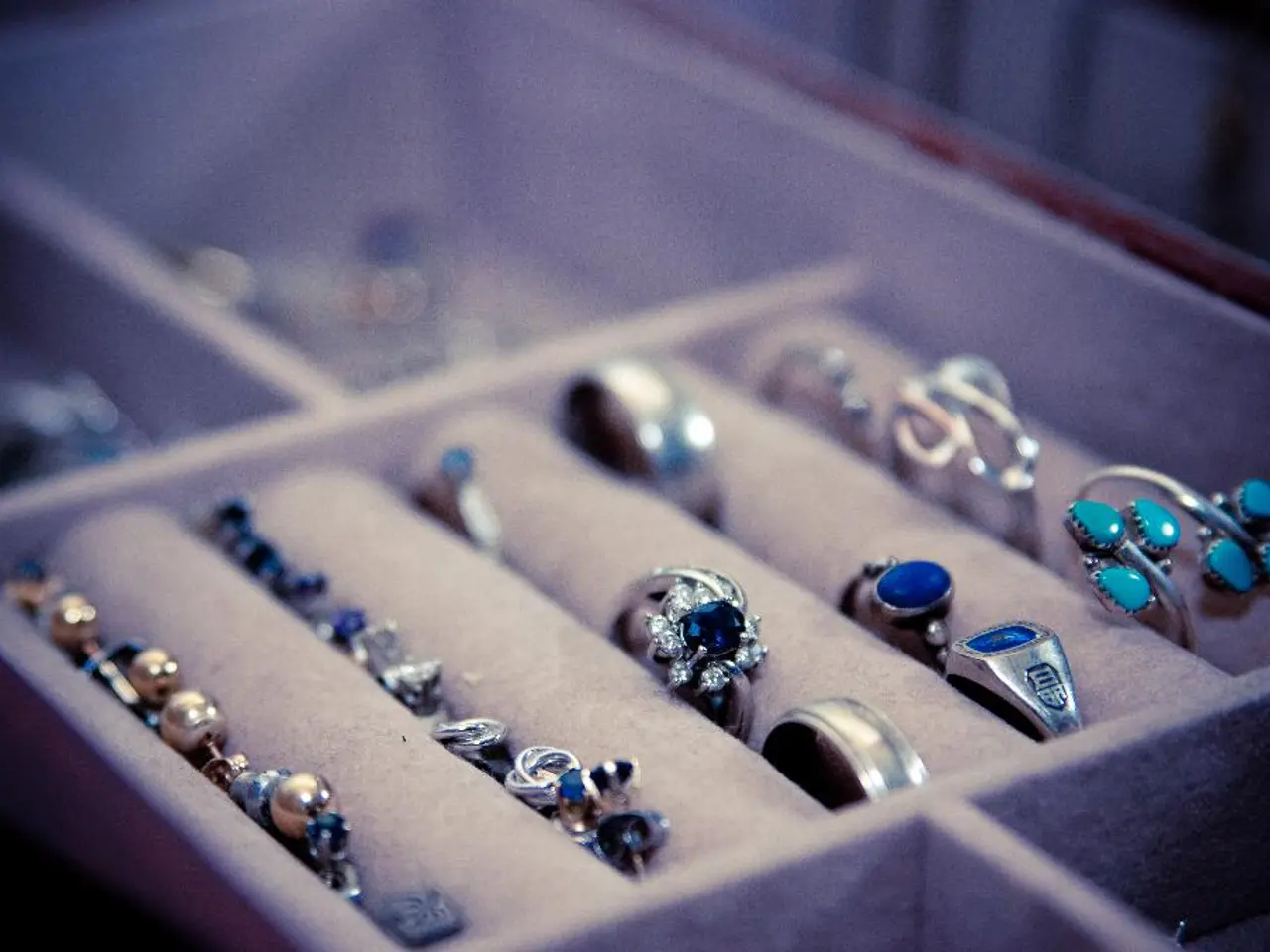Exploring Two-Tone Wedding Rings: An In-Depth Analysis
Two-tone wedding bands have become a popular choice for couples seeking unique, versatile, and sophisticated rings. These elegant pieces embody the evolution of wedding ring symbolism, combining tradition with modern aesthetics and advanced craftsmanship.
The history of two-tone wedding bands can be traced back to ancient times, where simple metal circles represented everlasting love. As metalworking advanced, precious metals like gold, silver, iron, and copper became more common, symbolising durability and strength—qualities ideal for wedding bands.
In the Middle Ages and Renaissance, rings incorporated gemstones with symbolic meanings, and designs became more complex. Interlocking rings, such as gimmel and Claddagh rings, gained prominence during this period, often featuring interlocking or complementary components worn separately and unified at the wedding ceremony.
The 20th century saw increased experimentation with mixed metals and craftsmanship techniques, spurred by the Art Deco movement’s geometric and bold designs. The rise of platinum during this era also contributed to two-tone styles, as jewelers combined platinum with yellow or rose gold to enhance both durability and visual contrast.
The creation of two-tone wedding bands involves selecting two or more metals with complementary colours and properties, crafting and joining them using techniques such as soldering or laser welding, finishing the bands to highlight the contrast between metals, and incorporating additional elements such as engraving, gemstones, or interlocking mechanisms to enhance symbolism and aesthetics.
Popular metal combinations include yellow gold and white gold, yellow gold and rose gold, platinum and gold (yellow or rose), and white gold and rose gold. These combinations offer a range of aesthetic options, from classic and traditional to modern and chic.
Two-tone wedding bands offer versatility in styling, complementing both gold and silver jewelry, and maintaining durability through their combined metal properties. For instance, yellow gold and white gold combinations provide exceptional durability and visual contrast, while rose gold and white gold combinations deliver a softer, more romantic aesthetic but may require more frequent maintenance.
Palladium and yellow gold offer a more affordable alternative to platinum combinations while maintaining excellent durability. On the other hand, platinum and yellow gold pairings represent the premium choice, offering unmatched longevity and wear resistance.
Budget considerations should include both initial purchase price and long-term maintenance costs. Platinum combinations cost more initially but often require less maintenance over time compared to white gold combinations. Skin chemistry also plays a role, as those with more acidic skin chemistry should consider noble metals like platinum for the portion of the ring that contacts the skin to prevent potential reactions.
Two-tone rings can enhance the ring's ability to withstand temperature changes, potentially reducing the risk of warping over time. Lifestyle compatibility is crucial when choosing a two-tone wedding ring, as active professions or hobbies may require harder metal combinations like platinum/white gold.
When selecting a two-tone wedding ring, consider your existing jewelry collection to ensure the metals complement watches and other accessories you wear regularly. Warranty considerations are important, as reputable jewelers typically offer warranties covering manufacturing defects and metal bonding issues.
Two-tone wedding bands are popular due to their ability to complement various jewelry styles and adapt to different occasions. They can incorporate traditional elements while maintaining a modern appearance, appealing to those seeking a unique but timeless piece. With proper care and maintenance, a two-tone wedding band can serve as both a beautiful and lasting symbol of commitment.
- The history of two-tone jewelry can be traced back to ancient times, where metals like gold and silver, representing strength and durability, were used in fashion-and-beauty items.
- In the realm of education-and-self-development, the study of science and technology has led to advancements in craftsmanship techniques, allowing for the creation of intricate two-tone pieces in home-and-garden décor.
- The technological innovations in the field of electronics have enabled the production of two-tone smartphones, blending style and functionality in line with the lifestyle preferences of tech-savvy consumers.




